ARTE: TBT
 Saturday, March 19, 2016 at 5:00AM
Saturday, March 19, 2016 at 5:00AM Its more fun if you mute your computer and watch them all play simultaneously.
 Saturday, March 19, 2016 at 5:00AM
Saturday, March 19, 2016 at 5:00AM Its more fun if you mute your computer and watch them all play simultaneously.
 Tuesday, February 9, 2016 at 5:00AM
Tuesday, February 9, 2016 at 5:00AM Samuel Levi Jones designs a Shinola Jacket benefitting the Headlands Center for the Arts this year. Place your bid on Paddle 8 now! Bidding ends on Febuary 16, 2016 at 3pm pst
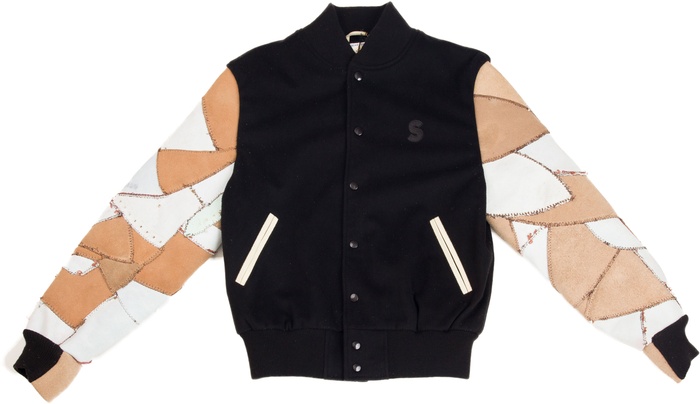
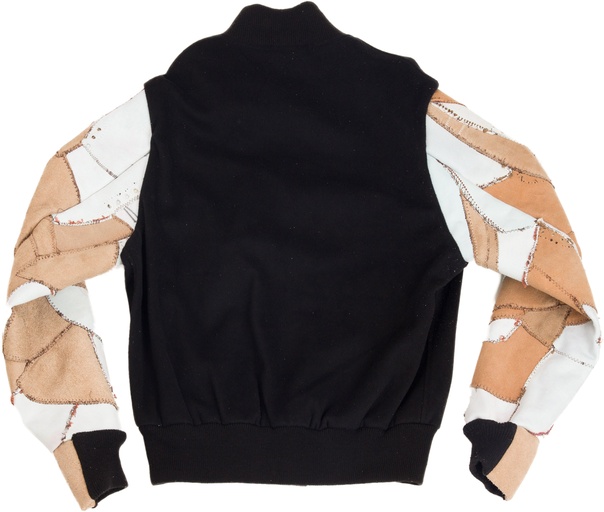
 Thursday, January 21, 2016 at 5:00AM
Thursday, January 21, 2016 at 5:00AM Great interview in Artinfo with Samuel Levi Jones when his Studio Museum in Harlem solo show "Unbound" debuted.
BOOKWORM: SAMUEL LEVI JONES AT THE STUDIO MUSEUM IN HARLEM
BY MOSTAFA HEDDAYA
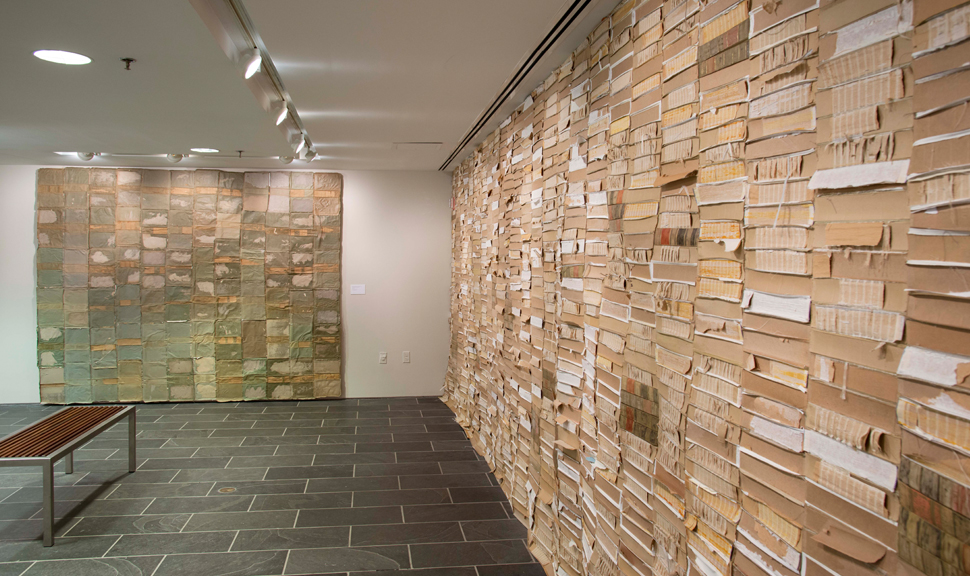
Hardcover books today are as much about sentimentality as they are about text, but the work of a young artist now on view at the Studio Museum in Harlem eschews textuality altogether for an aesthetic and material communion with these spined signifiers. Californian Samuel Levi Jones has taken over the three walls of the project space on the lower level of the Studio Museum in Harlem for “Unbound,” a small but compelling exhibition curated by Naima J. Keith.
Consisting of just three large works, Jones’s wall-mounted abstractions take as their source material the covers of hundreds of law books which the artist has ripped apart and refashioned into geometric patchworks. Motivated by national conversations on police brutality and the failures of the justice system, Jones, whose previous body of work used encyclopedias as a source material, turned to legal texts. But the only traces of language visible in the exhibition are those on the spines of the exhibition’s titular work, “Unbound,” the wall-mounted piece that anchors the space. “Unbound” is flanked on either side by two smaller works on canvas that display the deconstructed cover material, which varies between cardboard, paper, and canvas. Taken as a whole, the show is subtle yet expressive. In a recent conversation, the artist spoke with ARTINFO about his process and work.
Tell me a little about how you came to this site-specific project at the Studio Museum, and how it relates to the work you’ve done with books so far.
In terms of having a show, Naima [J. Keith] saw my work at the gallery I work with, Michelle Papillion in LA, and we started having a conversation about potentially having a show and it came down to me submitting a proposal. This was before they contacted me about the Wein prize, which is a separate thing, because people who have gotten the prize haven’t necessarily had a show there. That’s how it came to be.
In terms of working with the space and working with the material, the really large piece with the spines, titled “Unbound” — I wasn’t intending it to making it the size of the wall, but with it being a site-specific space it pushed me to make it much larger than I originally intended it to be. That piece is a continuation of a much smaller piece I made from spines. I made a piece from a set of spines from an encyclopedia, but it’s basically embedded in a wall, the spines themselves sewn together and embedded in a hole in the wall, and about half of it drapes off the wall.
I had considered making a larger piece with spines based upon that piece, and I came to the law books because I was really thinking about a lot of things, what happened around the country in terms of law and law enforcement and I immediately told myself I wanted to get a set of law books and work with those and see what they looked like visually, I really wanted to obtain the books. The first set of books I purchased was maybe about 500 books or so, and sort of a discovery because I had no idea what they were going to look like inside, on the outside they are all completely the same, the finish is the same, but underneath the material is completely different, from canvas-like material to paper-like material, which was really interesting. That was a discovery in and of itself and kind of a risk, so to speak, because I started acquiring the material thinking that’s what I was going to use for the show, and it just worked itself out.
You mentioned that national events relating to the justice system drove you to seek out the law books. Could you speak a little bit to the relationship between material and theoretical substance in your work?
A great deal of my work has been about encyclopedias, thinking about the framework of the encyclopedia as a power structure that controls information, thinking about who compiles that information and who has that information. Thinking specifically about information that has been left out, and intentionally left out. This cathartic process of deconstructing the materials as a stand-in for these structures that exist and reconstructing the materials to create something visually, to have dialogue about the sorts of things that are going on.
Would you consider this process with the materials as part of the work? And how did you get into working with books in the first place?
I wouldn’t go so far as to say that one is any better than the other. For me personally it’s interesting, this process of deconstructing the material, it’s this personal thing, my way of grappling with these things from personal experience. Thinking about the ways in which we navigate the systems we exist within. It started off with a portrait series sort of in response to Gerhard Richter’s "48 Portraits,” first shown in the 1972 Venice biennale. The images he used were from an encyclopedia, and my immediate response was to get a set of encyclopedias, and by chance the very first set I got was from 1972, this coincidental thing.
So what I did is I recycled the pages to make prints, and I would end up printing my own portraits of 24 men and 24 women that could have been represented that year [in the encyclopedia] and weren’t. They’re under-exposed and you can barely see them, when you first see them they’re like black squares until your eyes adjust. Then I started experimenting with the materials more... all these layers. That's how I came to the books. Once I skinned the books and saw what they looked like underneath they were very visually interesting to me, so I ended up experimenting with ways of putting them back together and ended up putting them on canvas.
The material is directly associated with the ideas that I originally started thinking about and working with, it's fortunate that they're visually interesting and can create a conversation. Pretty much anyone can relate to the material, it's very recognizable, a natural entryway into the work.
Let’s go back to what’s on view at the Studio Museum.
So the biggest and most obvious piece is “Unbound,” which is composed of spines from the law books, and those are sewn together with a sewing machine — I sew all the materials. And the piece “Don’t Feel Right” is the front covers and the back covers of “Unbound.” “Unbound” was an entirely new piece. The scale of it was made for the space; I actually sourced five different sets of law books to have enough material to make the piece, about 1,700 books. The others are the largest ones I’ve done on canvas, they were made to fit the space. The scale of the encyclopedias are usually built around the amount of books that are in a set of encyclopedias. In a set of law books there can be several hundred books, so it opens up the possibility of working at scale.
Was there anything within those books, which I understand are at least in part California State Supreme Court decisions?
I just ended up with those sets of books… the only significant part is that they are law books.
Your educational background is in photography — how does that inform your practice today?
Photography was my entryway into making, and I didn’t start making until I was in my early 20s. I picked up a camera, and was interested in framing things. Photography was a way of seeing things, and the work that I’m doing now is an extension of that.
This interview has been edited and condensed for clarity.
 Friday, September 18, 2015 at 5:00AM
Friday, September 18, 2015 at 5:00AM Samuel Levi Jones
EXPO Chicago
Booth 633
 Saturday, September 12, 2015 at 5:00AM
Saturday, September 12, 2015 at 5:00AM We are excited to participate in EXPO CHICAGO 2015 happening September 17-20 at the Navy Pier. We are booth 633 and will have new works by Samuel Levi Jones, Kenturah Davis, Suné Woods and Andre D. Wagner
tickets on sale now at bit.ly/EXPOCHICAGOtix
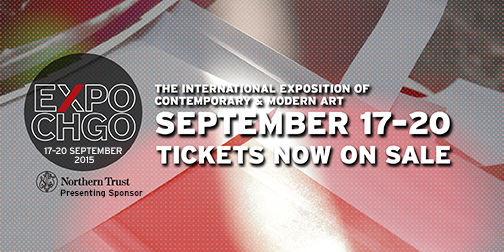
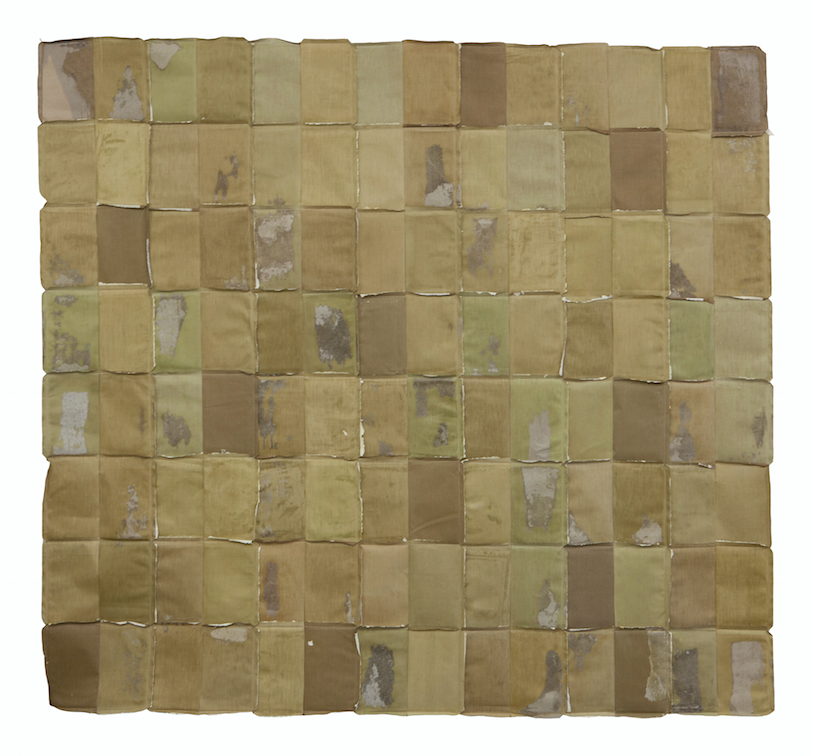
 Monday, September 7, 2015 at 5:00AM
Monday, September 7, 2015 at 5:00AM Samuel Levi Jones is on view now at Pro Arts in Oakland, CA with his solo exhibition Talk To Me. He creates a large site-specific installation of deconstructed law books. These texts, usually found neatly organized in law firms or law school libraries, archive federal and state laws that are applied and interpreted by the courts. Talk to Me interrogates the limits of our legal system by rendering these books exposed and unbound. He will have an artist talk on September 12th, more about this exhibition HERE.
 Saturday, August 1, 2015 at 5:00AM
Saturday, August 1, 2015 at 5:00AM Samuel Levi Jones interviewed by Mark Bradford in Studio Magazine's 2015 Winter/Spring Edition. View the article HERE.
 Sunday, June 7, 2015 at 5:00AM
Sunday, June 7, 2015 at 5:00AM I'm in the "The Art of Living" summer issue of CALIFORNIA HOME+DESIGN speaking about an artist to watch...hint, we're already watching him! Read about it HERE
 Wednesday, May 6, 2015 at 5:00AM
Wednesday, May 6, 2015 at 5:00AM Samuel Levi Jones and Derek Fordjour both have work on view now in NY at Sotheby's S2 Gallery. I Like It Like This is a collaborative exhibition with musician Drake. Samuel Levi Jones has this piece titled Brutality while Derek Fordjour has a painting titled Concatenation.
"Today, musicians rap about painters and commission artists to design their album covers; in the same vein artists look to music as inspiration for their paintings. Influences flow in both directions to create a fertile creative environment, producing some of the most resonant and profound artistic output in American history.
I Like It Like This, presented by S|2 in collaboration with Drake is a celebration of influential Contemporary black American artists. Grammy winning artist Drake has provided musical curation by selecting songs to accompany highlighted works in the exhibition."
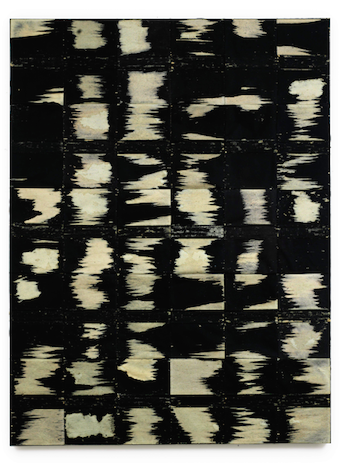
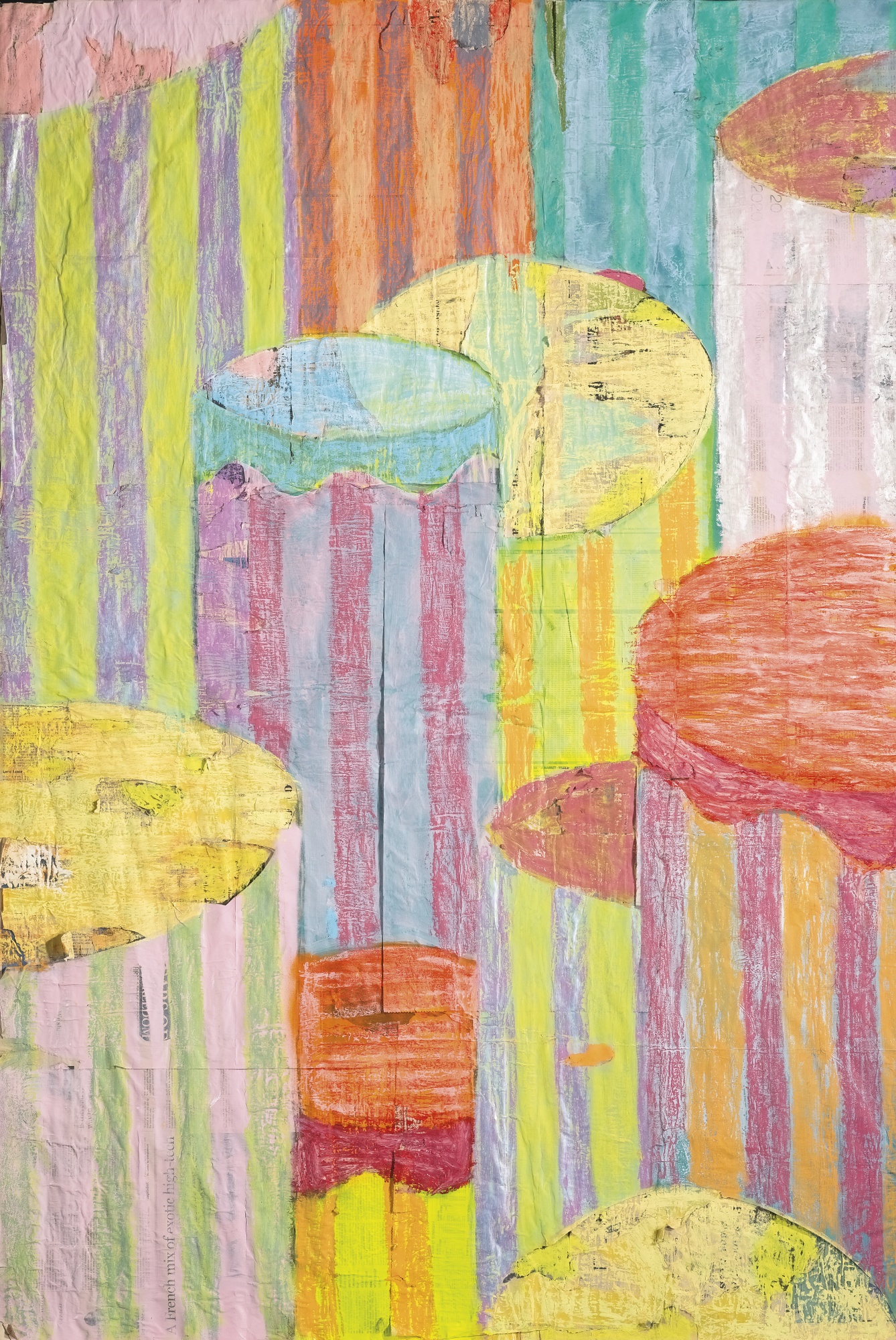
 Monday, April 6, 2015 at 5:00AM
Monday, April 6, 2015 at 5:00AM Pick up the April issue of Art In America magazine to read Samuel Levi Jones 4-pg feature!

 Saturday, March 28, 2015 at 5:00AM
Saturday, March 28, 2015 at 5:00AM Courtney Wallis Blair interviews Samuel Levi Jones for Forbes.com
4 Questions: Samuel Levi Jones
There’s something to be said (and held closely) about quietude in a time when shock and volume are firmly aligned with power and value. It’s something more to explore that power and value, in all its systems and intricacies, through a lens of stillness. But Samuel Levi Jones does it and does it well, in a most thoughtful manner, through his brilliant works on canvas that incorporate the covers of encyclopedias and law case text books.
It is this engagement to material, raw and aggressive, that put him in the running for the Studio Museum’s lusted-after Joyce Prize of which he took home along with a cool $50,000 and that brought on solo shows at the Studio Museum in Harlem (opening today) and Indiana’s Museum of Contemporary Art (opening this fall). He’s also in this year’s Mistake Room biennial exhibition. So we caught up with the artist, represented by Papillion, Los Angeles, to discuss his first exhibition in New York, his interest in material, and what that quietude is all for.
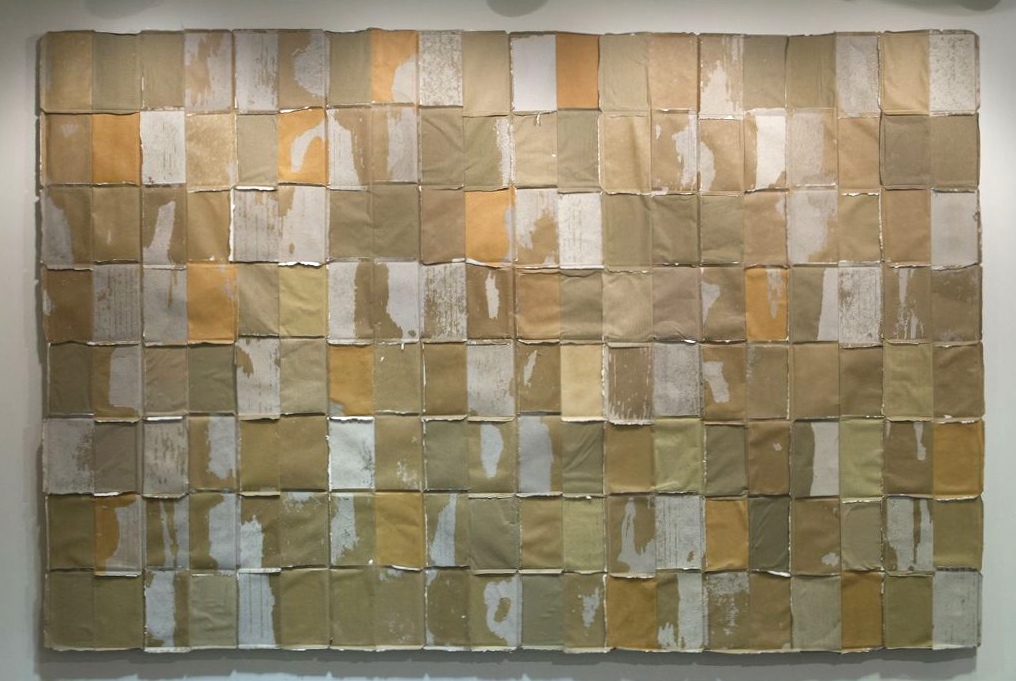 Don't Feel Right, 2015, mixed media on canvas, 82in x 125in.
Don't Feel Right, 2015, mixed media on canvas, 82in x 125in.
This is your first exhibition in New York. Can you tell me about Unbound, how it came to fruition, the work that will be on view, and how it speaks to your practice as a whole?
I’m extremely excited about my first show in New York being at the Studio Museum Harlem. In late 2014, Naima Keith (Associate Curator, Studio Museum Harlem) and I started having a conversation about exhibiting at the Studio Museum. Unbound is a continuation of the work that I have been constructing from encyclopedias, which is about the exploration of systems of knowledge and power. For this exhibit I chose to use law books, as I felt that it was pertinent to current events. This work is site specific, and the three works are much larger than any of my previous works.
Your critical exploration of systems of power and knowledge is the main focus of the exhibition. Can you explain its relationship to materiality and form? Is there a direct relationship to the body?
The relationship of the material to systems of power is very direct. I viewed the source material as the system of power. Encyclopedias in particular, contain a vast amount of information, but it is selective, and much equally important content is omitted. When working with the material I think about how the information was compiled and the methodology. I am ultimately thinking about information that is selectively left out. Much of the material I work with are the covers of the books. I refer to them as skins, and they define, and contain, the body of my work.
I find the evisceration of text in your work interesting given that you employ books as a symbol of knowledge. Can you talk a bit about this deconstruction and quieting of content?
The removal of the text pertains to numerous ideas that are competing for my attention. One thing that I think about are narratives which are not consistent with their contexts and do not fit. Deconstructing the material is a cathartic act as I physically handle these inconsistencies.
You stay within a limited color palette. Is this intentional? What is the significance of color within your practice?
The color is based upon what the material naturally gives me to work with. It is not intentional unless I choose to do some mixing of the source materials. Most of the time, the color palette is based upon the particular set of books with which I am working. Early in my work, I would typically construct a single piece from one set of books. More recently, I have been experimenting more with mixed materials to keep the aesthetic fresh. The color is not as important as the texture and other qualities of the material. I enjoy the challenge of working with a constantly changing source of materials.
Unbound is on view at the Studio Museum Harlem, New York through June 28, 2015. The TMR Benefit Exhibition is on view in Los Angeles through May 9, 2015.
 Thursday, March 26, 2015 at 2:00AM
Thursday, March 26, 2015 at 2:00AM Jones celebrated his first museum solo show last night when he debuted new ambitious works in his site specific installation Unbound big huge congratulations to Samuel and the great effort that went into this show!
 Thursday, March 19, 2015 at 5:00AM
Thursday, March 19, 2015 at 5:00AM Both Kenturah Davis and Samuel Levi Jones are included in The Mistake Room's first biennial benefit exhibition. The opening of The Silence of Ordinary Things is March 28, 2015.
Other artists included in this group exhibition are Korakrit Arunanondchai, Serge Attukwei Clottey, Sadie Barnette, Neil Beloufa, Ed Clark, William Cordova, Petra Cortright, Mario Garcia-Torres, Samara Golden, Sayre Gomez, David Hammons, JPW3, Isaac Julien, Glenn Kaino, Matsumi Kanemitsu, Lucia Koch, Oscar Murillo, Jackie Nickerson, Eamon Ore-Giron, Neil Raitt, Fay Ray, Analia Saban, Aaron Sandnes, Eduardo Sarabia, Melanie Smith, Vivian Suter, Henry Taylor, Diana Thater, Hank Willis Thomas and Liat Yossifor.
 Sunday, March 15, 2015 at 5:00AM
Sunday, March 15, 2015 at 5:00AM Samuel Levi Jones opens at the Studio Museum in Harlem March 26th with a solo exhibition titled Unbound.
For Unbound, Jones presents four new works that are his largest yet, and utilize law textbooks disassembled into their structural components. Spines and covers form wall-to-wall painting-like works mounted on canvas or adhered directly to the wall (Unbound, Jaded and Don’t Feel Right), and pages are processed and molded into an assemblage (Reformation). In the three wall works, form and materiality are emphasized, while function and value are called into question—the books have been stripped of authoritative identity. These works engage recent criticism of the law and the justice system with respect to human rights and social welfare.
Reformation differs from the other works but displays a similar theme of destruction in service of newly imagined forms. Jones took pages from the books—literally, their content—and processed them in an industrial pulping machine. He then slowly dried the wet, shredded paper mixture in shipping crates, which transformed the pulpy gray matter into a large, solid mass. The weight, illegibility and presence of the installation suggest the metaphorical burden of the law, in which those not educated in legal procedure or jargon must face the impenetrability of the legal system. Jones points out the inaccessibility of some forms of knowledge, and strives to create an inclusive space by rendering indeterminate the authority that such knowledge appears to confer.
Samuel Levi Jones: Unbound is organized by Naima J. Keith, Associate Curator.
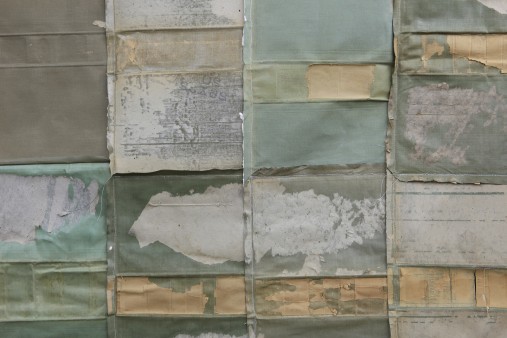 Detail of Jaded, 2015 mixed media on canvas 92in x 117.5in
Detail of Jaded, 2015 mixed media on canvas 92in x 117.5in
 Thursday, March 12, 2015 at 5:00AM
Thursday, March 12, 2015 at 5:00AM Studio Squared is a series of informal art-making workshops aimed at making a wide range of studio practices accessible to adult audiences. Each workshop focuses on a particular theme and creative process inspired by our exhibitions, and explores methods of creative production through an experiential approach.
Exhibiting artist and ninth recipient of the Alexander Wein Artist Prize Samuel Levi Jones will lead a paper pulping and book(un)binding workshop to illustrate the tactile processes he employs in fabricating works for his site-specific project, Samuel Levi Jones: Unbound. In his practice, Jones reworks diverse source materials—from encyclopedias and law books to technical manuals—and literally deconstructs these widely published arbiters of authenticity to challenge the relevance and accuracy of certain historical records. Through this practice of omission and the fracturing of information, Jones is able to forge a more personal alliance with the materials. In this workshop, Jones will work with program participants to examine their own attachments to materials from their personal archives. No experience is necessary, however, please bring your own selection of paper source materials with you to the workshop.
Helping to facilitate the hands-on portion of this workshop will be a group of students from Urban Studio, a collective of artists based in the Fashion Institute of Technology’s Fine Arts Department that creates and nourishes professional development through emphasizing participation and collaboration. The students’ knowledge of book binding and paper making will help explore new layers of Jones’s process. They will also lend their own unique perspectives on the art of the book and introduce alternative techniques for consideration.
RSVP to programs@studiomuseum.org to pre-register.
- See more at: http://www.studiomuseum.org/event-calendar/event/studio-squared-2015-03-29#sthash.6nsUonhE.dpuf
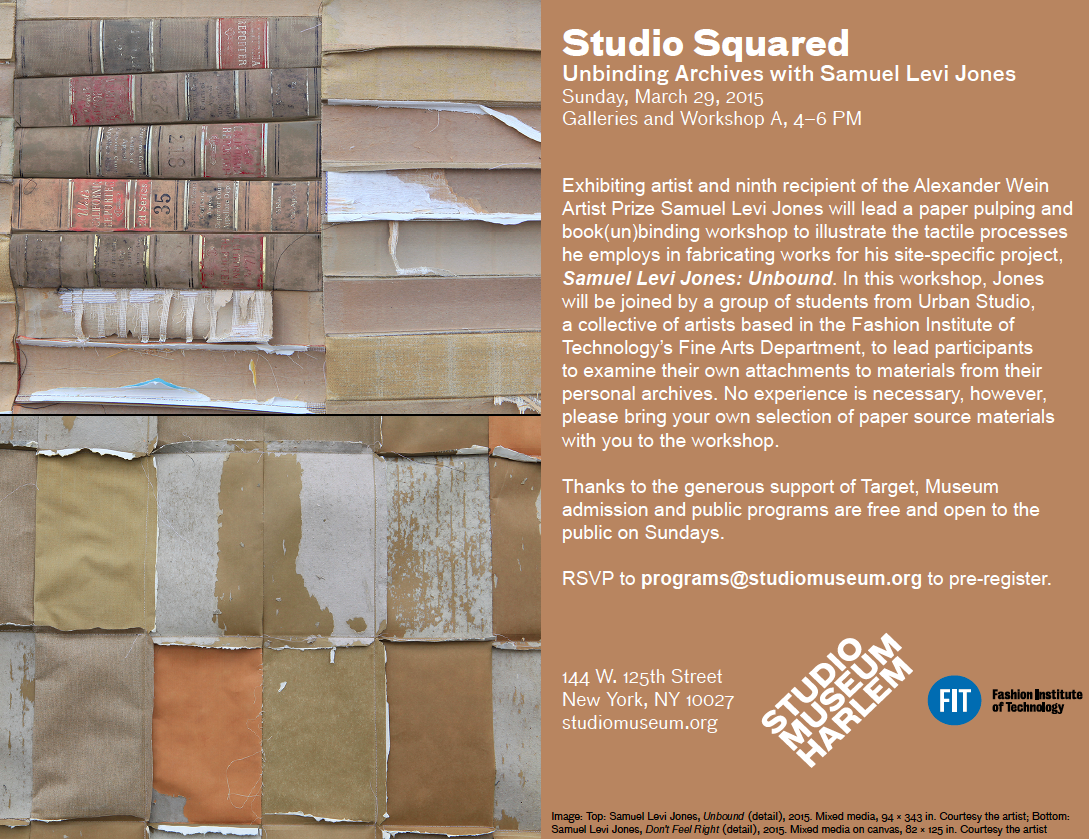
 Wednesday, December 17, 2014 at 5:00AM
Wednesday, December 17, 2014 at 5:00AM Here is the live recorded artist talk that happened 12/14/14
 Thursday, November 27, 2014 at 5:00AM
Thursday, November 27, 2014 at 5:00AM The Los Angeles Times gave Samuel Levi Jones a favorable review!
By Leah Ollman for the Los Angeles Times - Art section
Riveting new work by Samuel Levi Jones, at Papillion, is hot and cool at once, the result of aggressive action as well as a deliberate, formal intelligence. This isn't the only polarity at play. Jones generates several different varieties of friction, all of them fueling the work's quietly rumbling charge.
Based in the Bay Area, Jones practices a kind of muscular abstraction bolstered by conceptual heft. He tears the covers off encyclopedias and reference books and stitches the surfaces (face-in) together in grids, which he then mounts on canvas. The skins of the books are scarred by the violation: Shreds of the cardboard used in binding cling to the fabric, and edges run raw. Many of the works resemble the unfinished backs of quilts, all exposed seams and loosely hanging marginal material.
"Hematoma" (71 by 59 inches) is divided vertically, the left half an amalgam of black book covers and the right side slate blue. The grid structure emanates an air of order and regularity, while each individual component, each damaged relic, testifies to a dynamic act of force and disruption. Every cover is its own distinct landscape of ruin, scabbed and scraped. The titles of the books are barely visible: "The Annals of America" and "World Book." In rending and flaying these particular volumes, Jones symbolically dismantles their ostensible authority.
His protest is a general one against, it seems, such totalizing histories, with their partial perspectives and gross exclusions. By not taking more specific aim, Jones lets formal qualities -- visceral immediacy, textural complexity and damage-driven process -- carry the bulk of the work's metaphorical weight.
One stunning monochrome piece, a neat grid of Encyclopedia Britannica covers, all dilute rust, brings to mind the post-minimal, sallow resin grids of Eva Hesse, as well as the evacuated library conjured in Rachel Whiteread's Holocaust Memorial in Vienna.
These pieces also tap into a history of scrap-built textiles, and notably, the tradition of found-object assemblage. Such sculptural repurposing has an affecting temporal dimension, a vague aroma of the past inflecting the sensory mix.
Jones received this year's Joyce Alexander Wein Artist Prize, a major recognition from the Studio Museum in Harlem, where he will have a solo show in 2015.
His work has integrity, not just in the sense of authenticity but also internal consistency. The physical gestures of its making, the notion of empowerment at its core, and its tremendous tactile vigor are all mutually reinforcing. Evocations of the body, too, are manifold: bodies of knowledge, bodily injury, disembodied skins. Jones harnesses the twin forces of destruction and creation to generate these works of defiant beauty.
 Wednesday, November 12, 2014 at 9:00PM
Wednesday, November 12, 2014 at 9:00PM  Friday, November 7, 2014 at 5:00AM
Friday, November 7, 2014 at 5:00AM Samuel Levi Jones recieved the Joyce Alexander Wein Artist prize from the Studio Museum in Harlem a few weeks ago. This is a big deal, as the award has never been given to an emerging artist before. Congratualations to Sam!